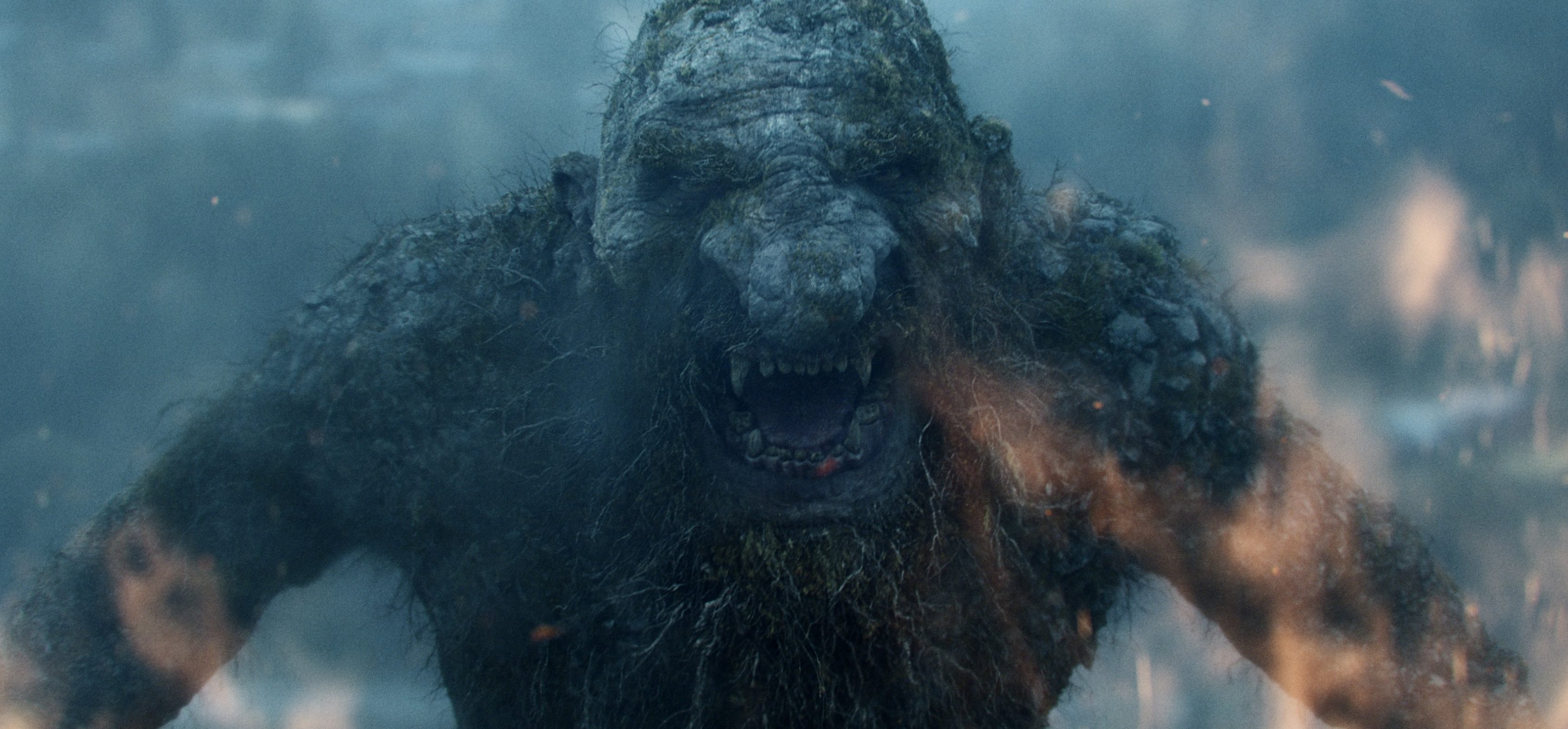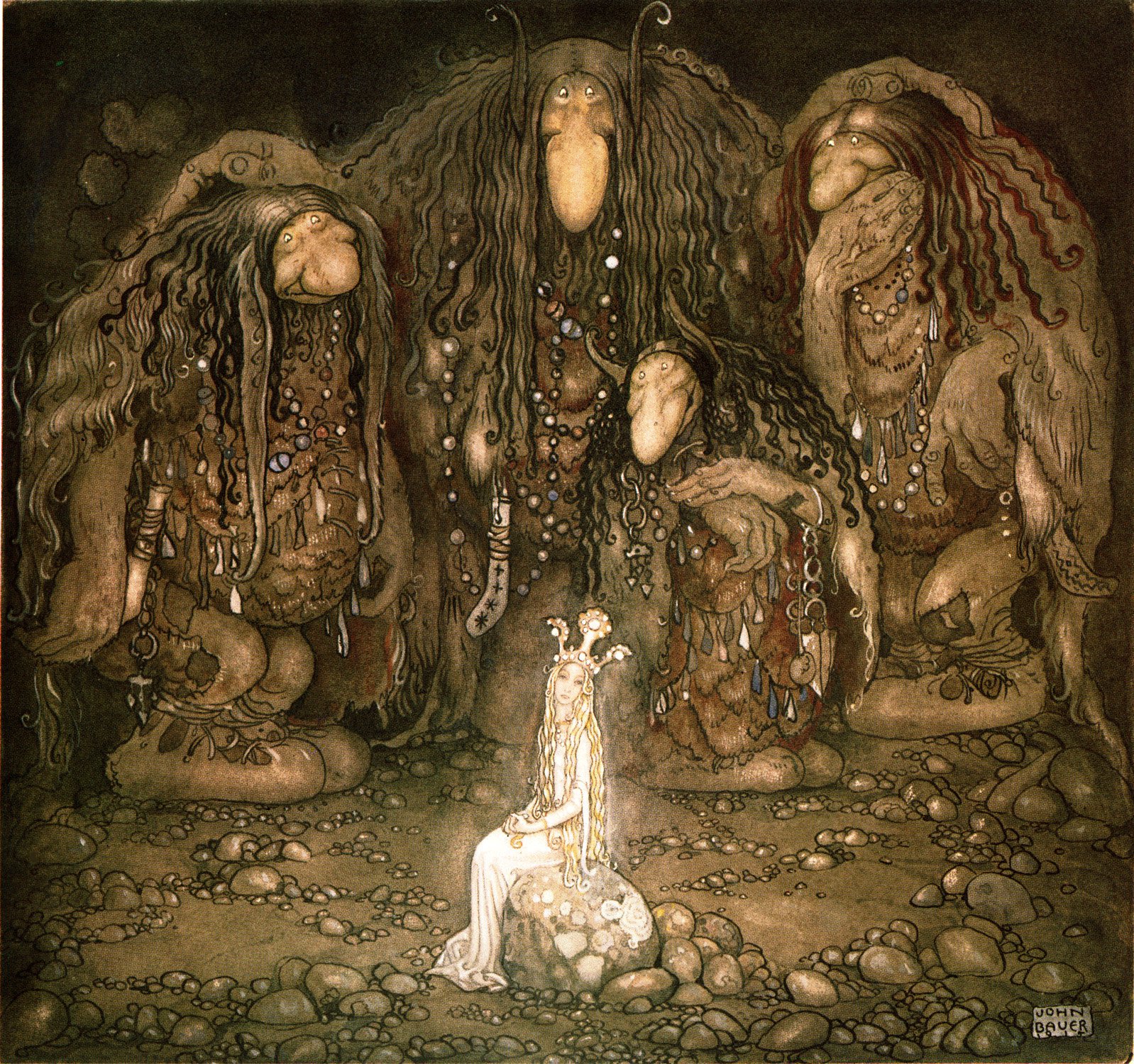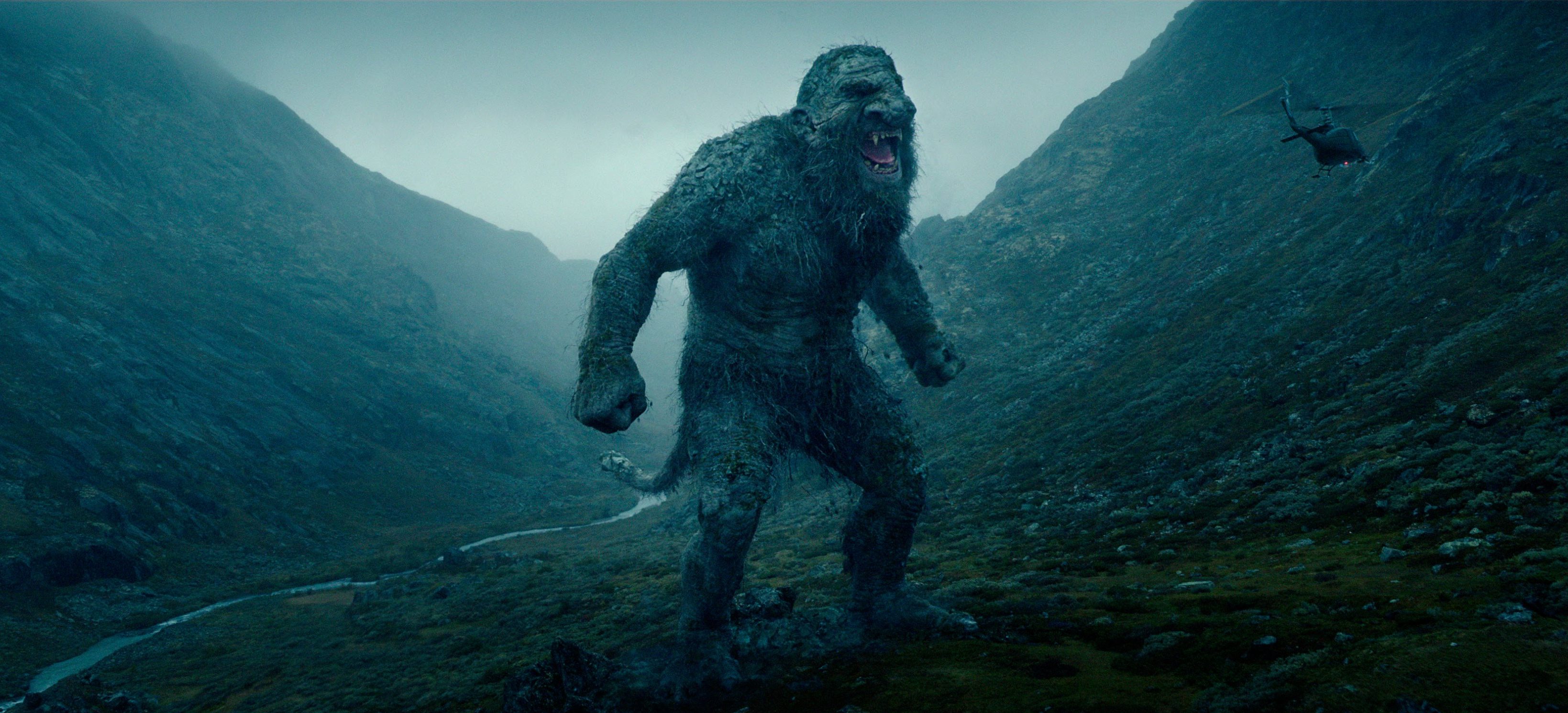Directed by Roar Uthaug, Netflix’s Norwegian film ‘Troll’ revolves around the titular creature, which gets awakened when a group of railway construction workers explodes a tunnel. As the troll creates havoc in Oslo and the neighboring regions, a paleontologist named Nora Tidemann teams up with an army captain named Kristoffer Holm and the Prime Minister’s staff member Andreas Isaksen to defeat the creature. The monster film progresses through Nora and her team’s efforts to unravel the history of the trolls to find a way to kill the one they confront. Since the film is heavily rooted in Nordic history, one can’t help but wonder whether the film is based on a real incident and whether trolls exist in reality. Well, let us provide the answers!
A Dive into Nordic Legends: Exploring the Roots of Trolls
‘Troll’ is a fictional film written by Espen Aukan, it is a genre film that reminds us of the globally acclaimed ‘Godzilla’ and ‘King Kong’ films. However, the monster “troll” in the film is based on the eponymous entity mentioned frequently in Nordic/Scandinavian folklore and mythology. Like any mythological creature, there isn’t any evidence that proves the existence of trolls in the real world, which makes it clear that they are just beings associated with the Nordic legends. Over the years, several alleged troll sightings have been reported, but none of them conclusively proved the existence of the creature.

According to Nordic folklore, trolls are giant and malevolent creatures that reside in mountains and forests. According to revered French philologist and medievalist Claude Lecouteux’s book ‘Encyclopedia of Norse and Germanic Folklore, Mythology, and Magic,’ the word “troll” is also used as a synonym of “monster,” “demon,” and “revenant.” Uthaug and Aukan’s version of the troll isn’t drastically different from the trolls featured in folklore. Trolls are hairy creatures like the film depicts and they turn into stone when exposed to sunlight.
Uthaug and Aukan also offer an elaborate history of trolls in the film. In a pivotal scene, Rikard Sinding tells Nora and Andreas that the troll they are confronting is the child of the king troll a Norwegian king had killed. This notion of trolls having a family and living as a familial unit is present in Nordic folklore. According to Henning K. Sehmsdorf and Reimund Kvideland’s ‘Scandinavian Folk Belief and Legend,’ trolls are man-eaters, a distinct characteristic attributed to the fictional troll in the film as well.

According to Old Norse and Folklore expert John Lindow, trolls are not Christian. The particular detail plays a significant role in the narrative of the film since the troll’s family members were killed by a Christian king named Olav the Holy as he was trying to replace the native culture and customs with his religion. “They [trolls] are usually cast in the role of enemies of the gods and the human community. With the introduction of Christianity, they became enemies of the church as well,” states Sehmsdorf and Kvideland’s book. Uthaug and Aukan’s film also presents the troll as a representative of the ancient Nordic culture, which was suppressed and replaced by Christianity.
In addition, Uthaug and Aukan conceived their version of the troll, the mythological creature, with roots in contemporary reality. The troll in the film can be seen as a representation of nature which gets hurt due to the actions of human beings. In the film, the troll awakens when a part of a mountain is destroyed to construct railway lines without any regard for nature and its preservation. The emergence of the troll and his wrath can be seen as nature’s reaction against human greed and questionable notions of development.
Read More: Where Was Netflix’s Troll Filmed?


You must be logged in to post a comment.